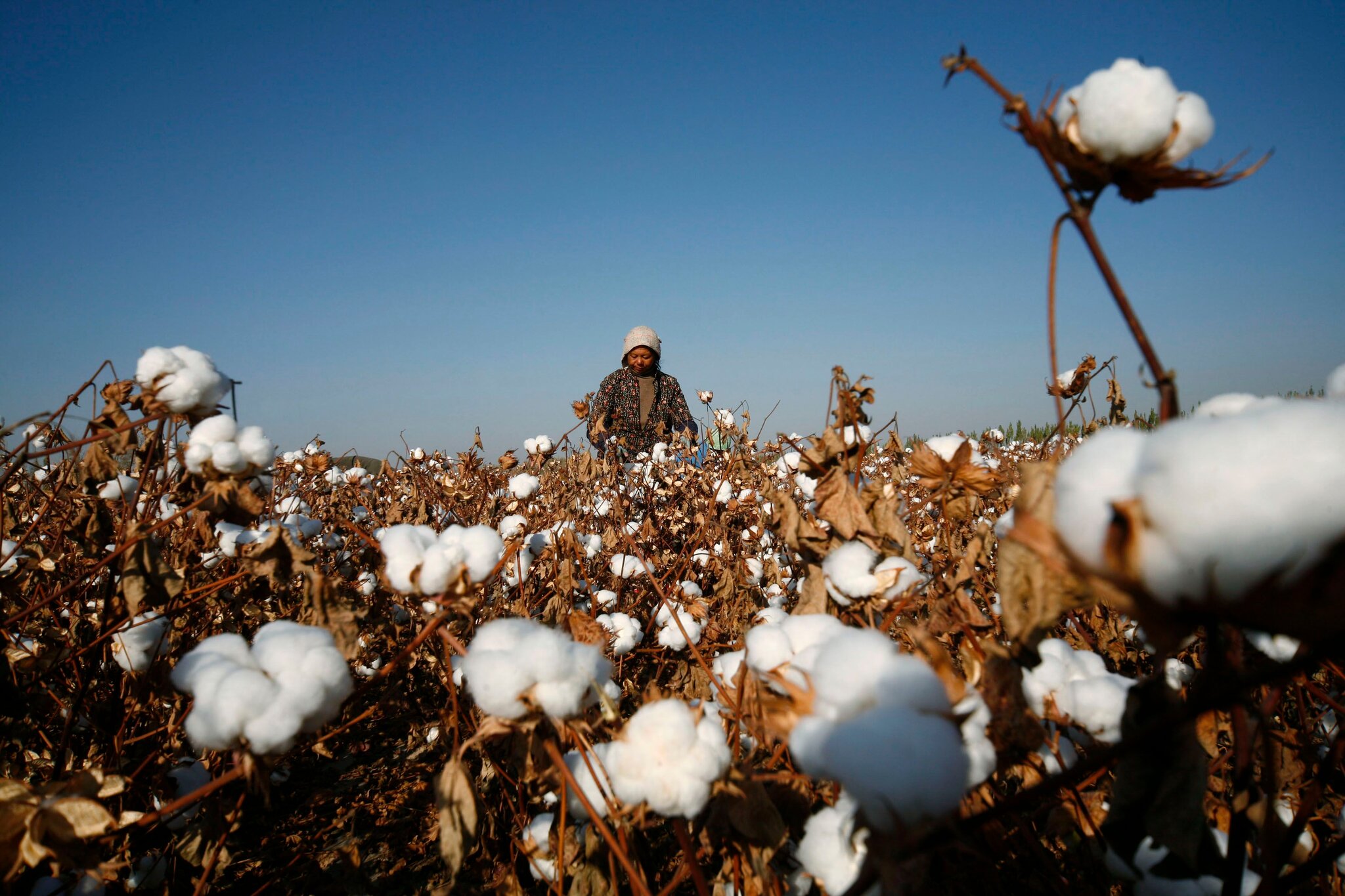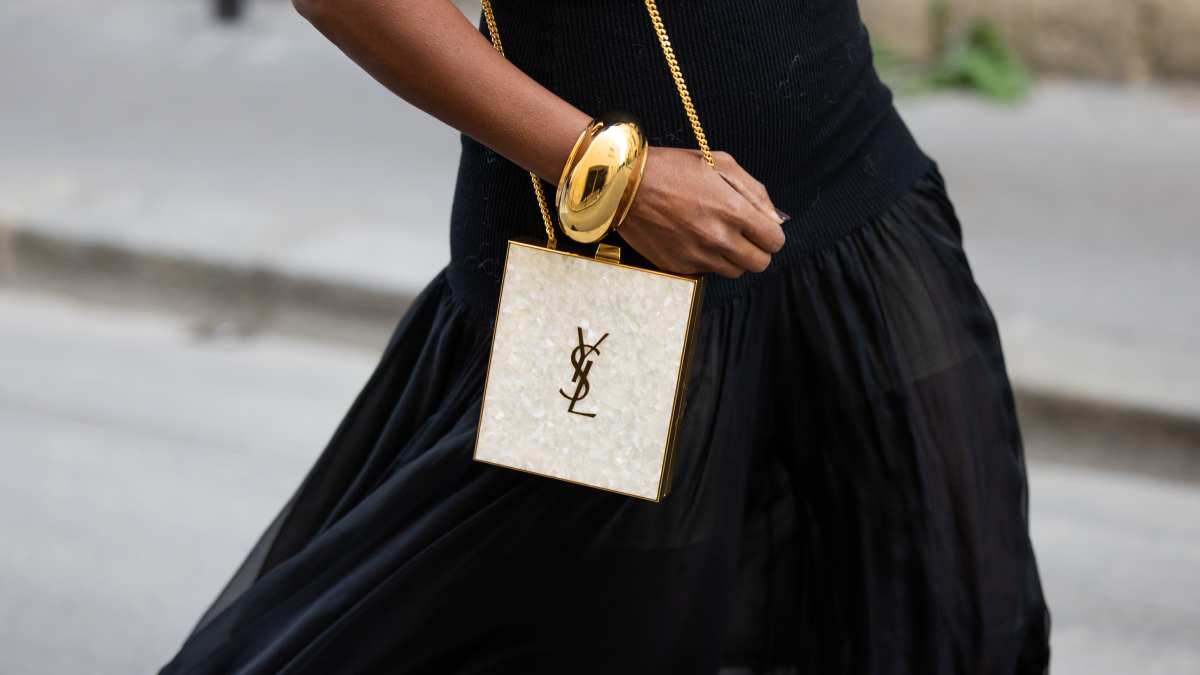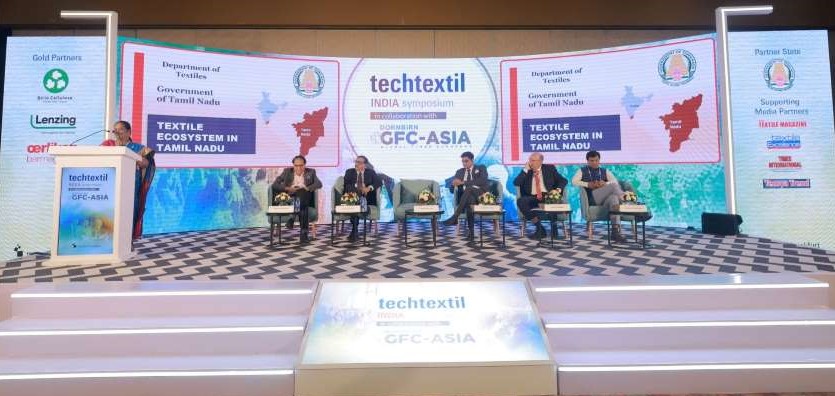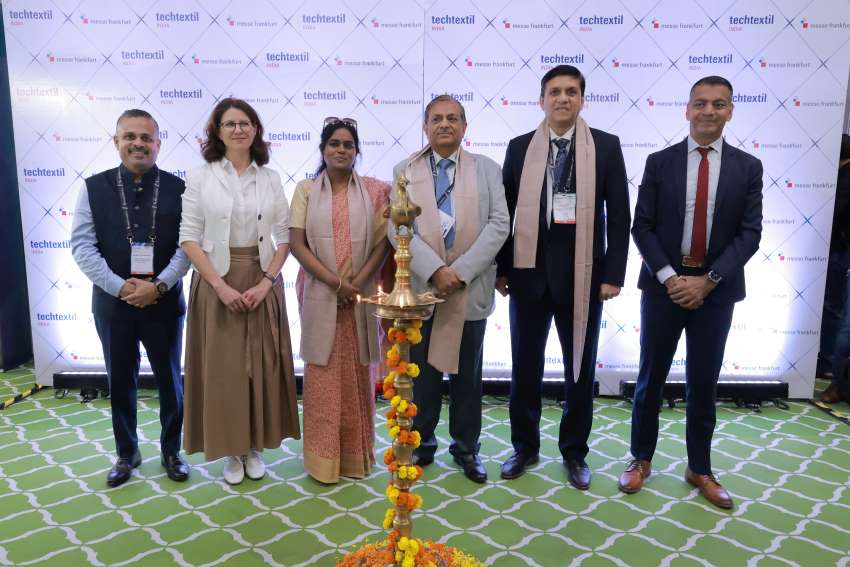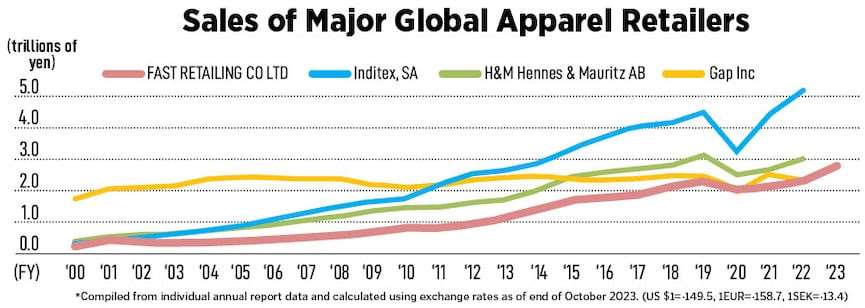
Sales figure of major global apparel retailers paints a vivid picture of the dynamic fashion industry, where top brands like Zara (Inditex), H&M, Uniqlo (Fast Retailing), and Gap have carved out their empires. Each brand has its own distinct philosophy, target audience, and growth strategy, contributing to a vibrant and competitive landscape.
Business philosophies, a study in contrasts
Zara, the fast-fashion pioneer: Zara's meteoric rise is attributed to its "fast-fashion" model. It prioritizes speed and agility, bringing designs from runway to retail in weeks. This strategy resonates with trend-conscious consumers who crave the latest styles. Zara's vertically integrated supply chain gives it unparalleled control over production, enabling rapid response to market trends.
H&M, affordable fashion for the masses: H&M champions "democratic fashion" by offering stylish clothing at accessible prices. It collaborates with high-profile designers and celebrities, creating buzz and exclusivity around its collections. H&M's sustainability initiatives, including its focus on recycled materials, attract environmentally conscious shoppers.
Uniqlo, functionality meets simplicity: Uniqlo's philosophy centers on "LifeWear," emphasizing timeless, high-quality basics that fit seamlessly into everyday life. The brand's focus on innovation and technology, exemplified by its Heattech fabric, appeals to practical and value-driven consumers.
Gap, classic American style: Gap has built its reputation on classic American casual wear. While facing challenges in recent years, it remains a household name with a strong presence in denim and casual basics. Its diverse portfolio of brands, including Old Navy and Banana Republic, caters to a wide range of consumer preferences.
Appealing to diverse tastes each of them have carved a niche. Zara caters to fashion-forward individuals who prioritize the latest trends and are willing to pay a premium for quick access to new styles. H&M is more focused on budget-conscious shoppers seeking trendy and accessible fashion, including families and young adults. Uniqlo is for more practical and value-driven consumers who appreciate quality basics and functional clothing. And Gap, is for those seeking classic American style and casual wear for everyday life.
Table: Retail presence
|
Retailer |
Number of Stores Worldwide |
Key Regions |
|
Zara (Inditex) |
7,500+ |
Europe, Asia, Americas |
|
H&M |
5,000+ |
Europe, Asia, Americas |
|
Uniqlo (Fast Retailing) |
2,400+ |
Asia, Europe, North America |
|
Gap |
3,000+ |
North America, Asia, Europe |
Table: Business performance
|
Retailer |
Revenue |
Profit |
|
Inditex (Zara) |
$32.60 |
$4.80 |
|
H&M |
$22.30 |
$1.40 |
|
Fast Retailing (Uniqlo) |
$21.30 |
$2.00 |
|
Gap Inc. |
$15.60 |
$0.30 |
Future plans and growth markets
Zara continues its aggressive global expansion, particularly in emerging markets like Asia and Latin America. It is investing heavily in e-commerce and omnichannel capabilities. H&M is focusing more on sustainable and ethical practices to appeal to conscious consumers. It is expanding its online presence and exploring new store formats. Uniqlo aims to become the world's leading apparel retailer by opening more stores in key markets and enhancing its digital capabilities. It is expanding its product offerings to include sportswear and outdoor apparel. And Gap meanwhile is undergoing a transformation plan to streamline operations and focus on core brands. It is investing in e-commerce and closing underperforming stores.
All four retailers see significant growth potential in emerging markets, especially in Asia, where rising disposable incomes and a growing middle class are boosting demand for fashion. Each brand has a unique approach to the global apparel market. Their contrasting philosophies, target audiences, and growth strategies create a dynamic and competitive environment. As these fashion giants continue to evolve and expand, their battle for supremacy will shape the future of the industry. The graph serves as a reminder of their past achievements and a glimpse into the exciting possibilities that lie ahead.

